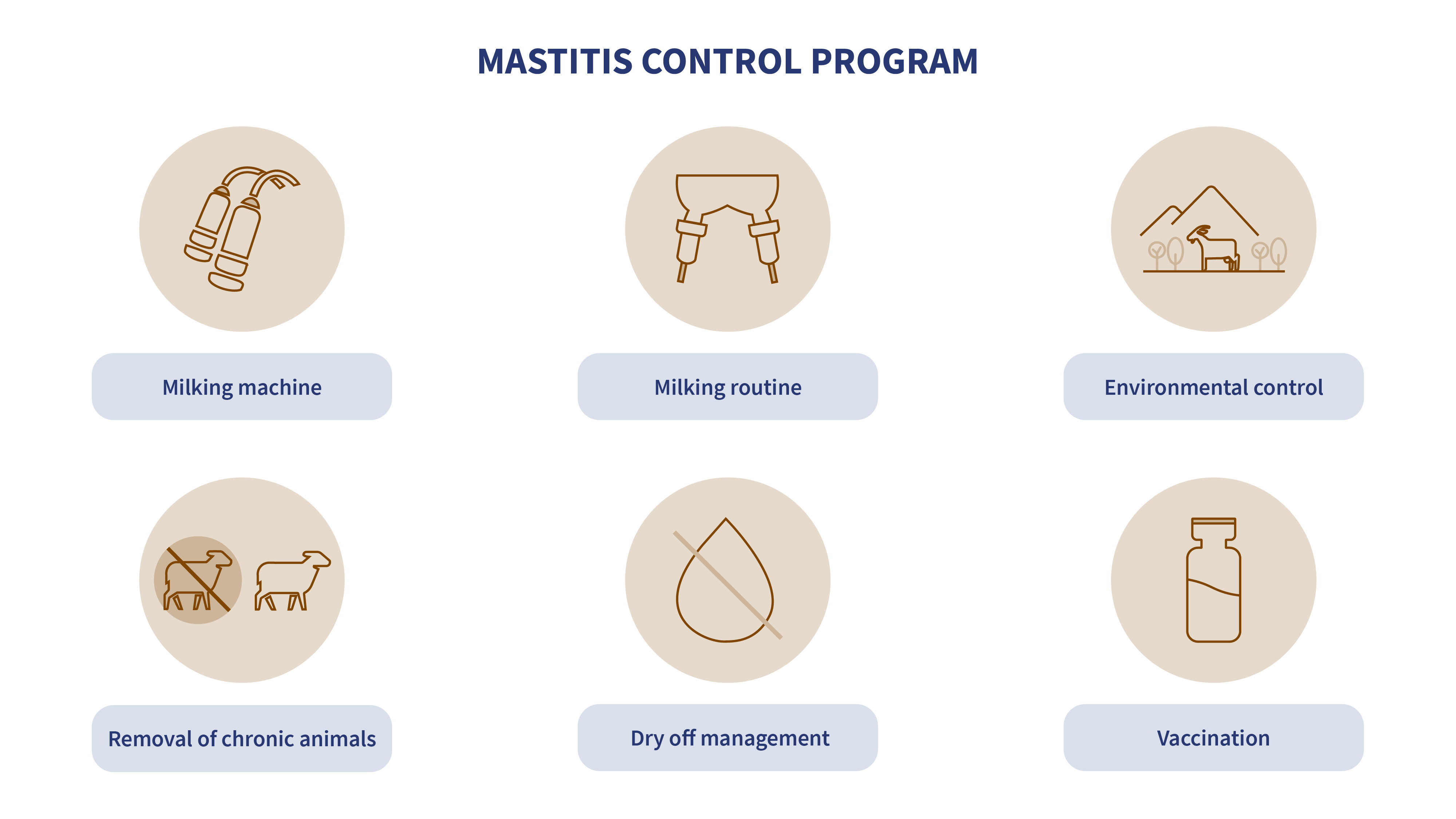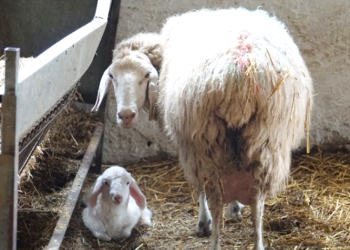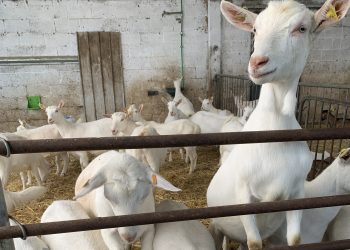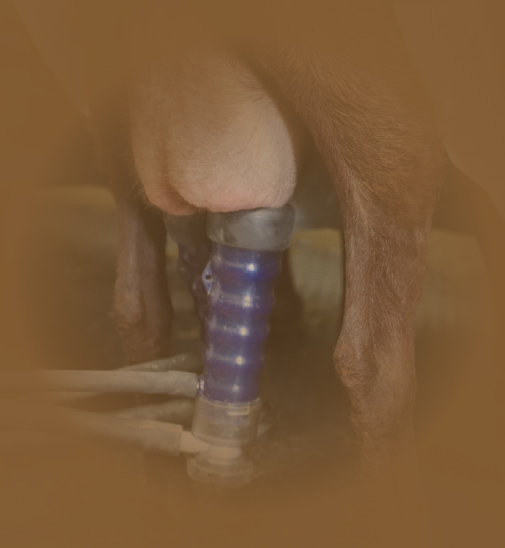Mastitis in sheep and goats is a complex and multifactorial disease influenced by infectious, intrinsic and extrinsic factors of the animal. Therefore, its control and prevention require a comprehensive approach that considers all these variables, combining measures that address both the animal’s health and the management and environmental conditions.
The mastitis control programme
The Mastitis Control Programme is a structured and proven plan to implement on dairy sheep and goat farms, with the aim of improving udder health.
The implementation of the programme is a cost-effective measure, as it will help us reduce the costs of mastitis.
What are the objectives?
The objective of this plan is to prevent and control mastitis, which will allow us to obtain other benefits such as:
· Reduction of somatic cells
· Better milk quality
· Greater milk production
· Improved animal welfare
How can we do it?

The programme includes various actions and measures that are classified into 6 key points:
· Milking machine: this is a critical point, as most infections occur during milking. Proper maintenance and operation of the machine is crucial, as is ensuring it is properly rinsed.
· Milking routine: there are very important variables such as the milking order, over-milking, the use of gloves and correct application of post-dipping.
· Environmental control: ensure proper hygiene and maintenance of animal facilities and bedding. Good nutrition also has a positive influence on udder health.
· Elimination of chronic animals: Chronic animals are sources of infection and spread it through the herd by contaminating milking equipment and the environment.
· Drying management: proper drying allows the udder to recover and prepares it for the next milking.
· Vaccination: boosting animal immunity is the key to controlling mastitis.
Staphylococcus vaccination is a key tool to reduce the incidence and severity of mastitis.
Conclusions
The best way to prevent and control mastitis is to combine good management with herd vaccination.
Implementing a mastitis control plan will reduce the impact of the disease and therefore improve the farm’s yield.
Article written by:
Tania Perálvarez Puerta. Global Product Manager, Small Ruminants Franchise – HIPRA




